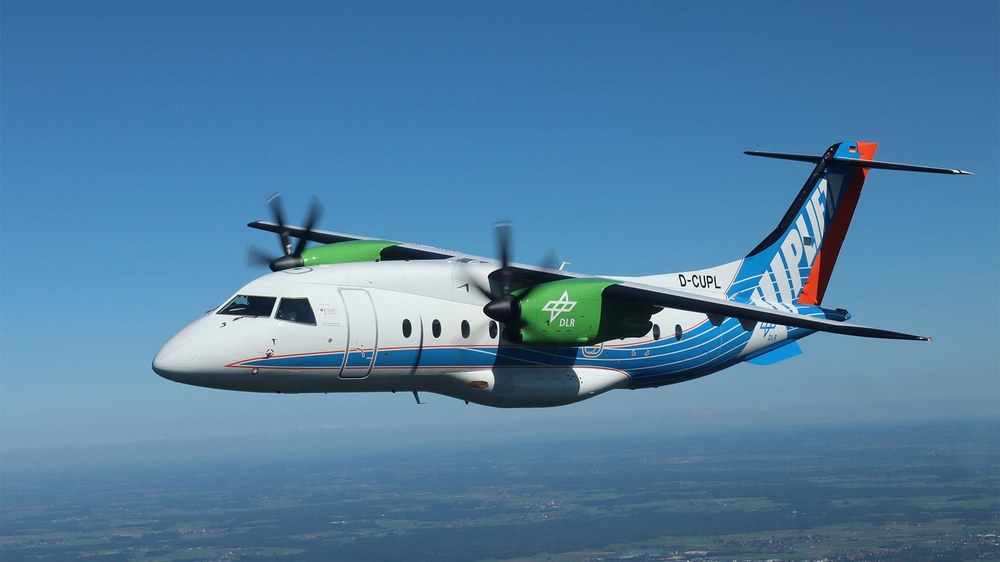In action worldwide – flying for research


The German Aerospace Center (DLR) operates the largest civilian fleet of research aircraft and helicopters in Europe. These highly-modified aircraft are either themselves the subject of aeronautics research or are used to observe the Earth, the ocean surfaces and the atmosphere. The aircraft are stationed at DLR’s sites in Braunschweig and Oberpfaffenhofen. This facility provides scientific services for DLR flight experiments as well as for other national and international institutions, public authorities and industrial customers.
Test pilots carry out test and measurement campaigns in Germany and abroad
About 100 personnel are responsible for the aircraft and helicopters – technicians, engineers and pilots. The DLR pilots have a high degree of specialisation, including a test pilot licence, and are trained in regular simulator sessions, including special flight situations such as flying together with uncrewed aerial vehicles. The areas covered by the research fleet, over water, ice and land, range from Greenland to the Antarctic, from the USA to Europe and from Russia to Japan – across every ocean and continent.
Elaborate preparations for research flights
There are around 30 scientific missions per year in each aircraft’s log book. Up to 250 flying hours are completed in the service of science. However, each of these operations requires detailed and technically complex preparations, which sometimes necessitates extensive modification of the aircraft; this may include aeronautical modifications. The necessary development and approval processes can be carried out by DLR itself. Smaller changes can be approved by DLR, while major modifications that may include structural changes to the aircraft are implemented together with the LBA (the Luftfahrt-Bundesamt, that is, the national civil aviation authority of Germany) and the (European Aviation Safety Agency).


